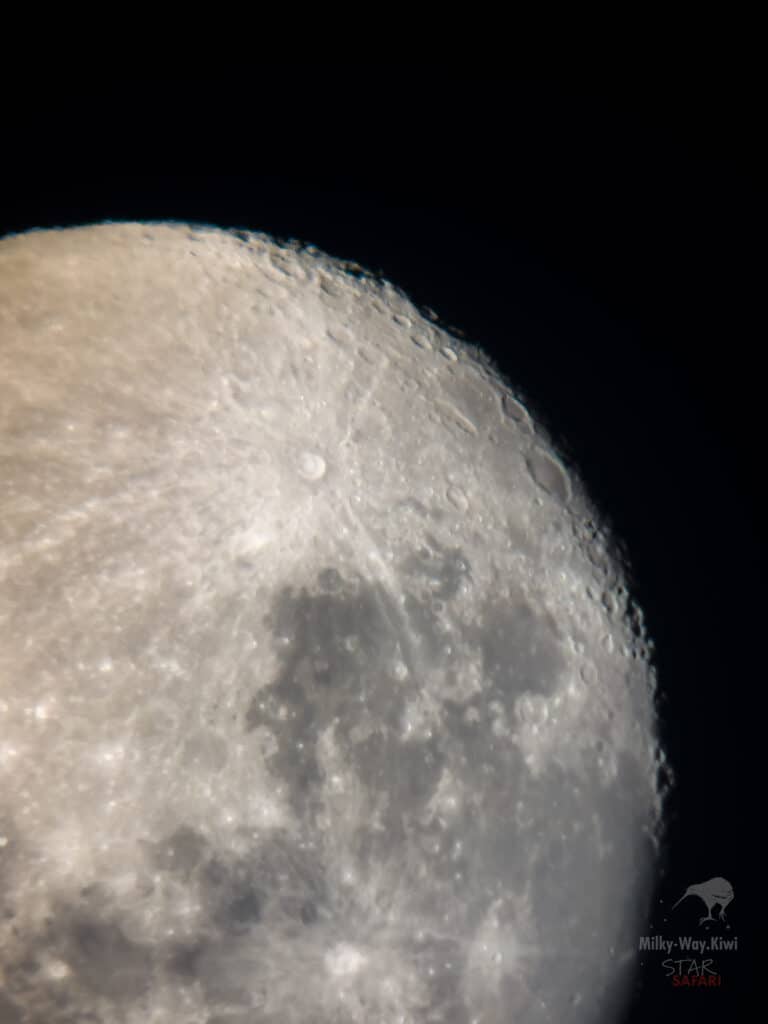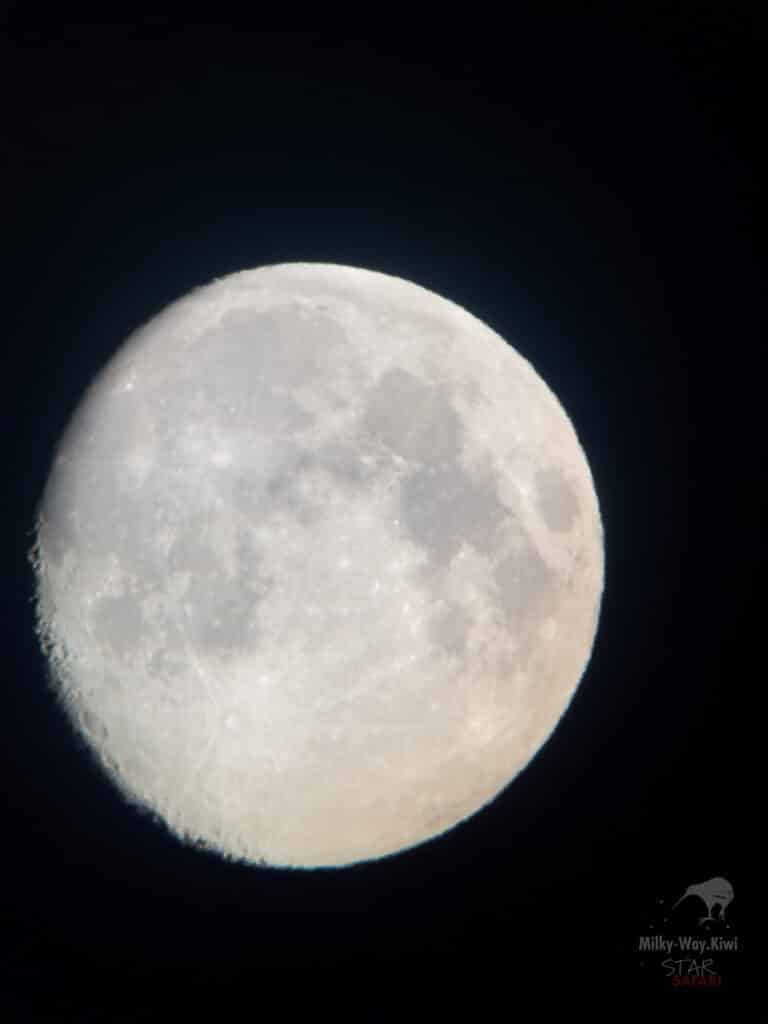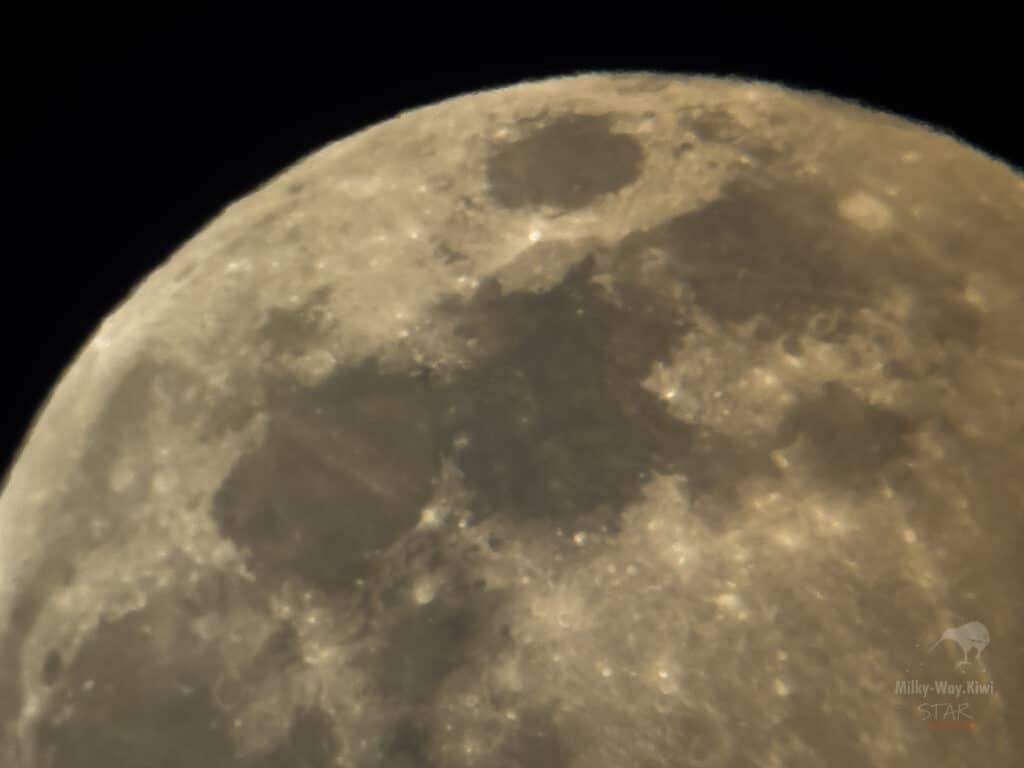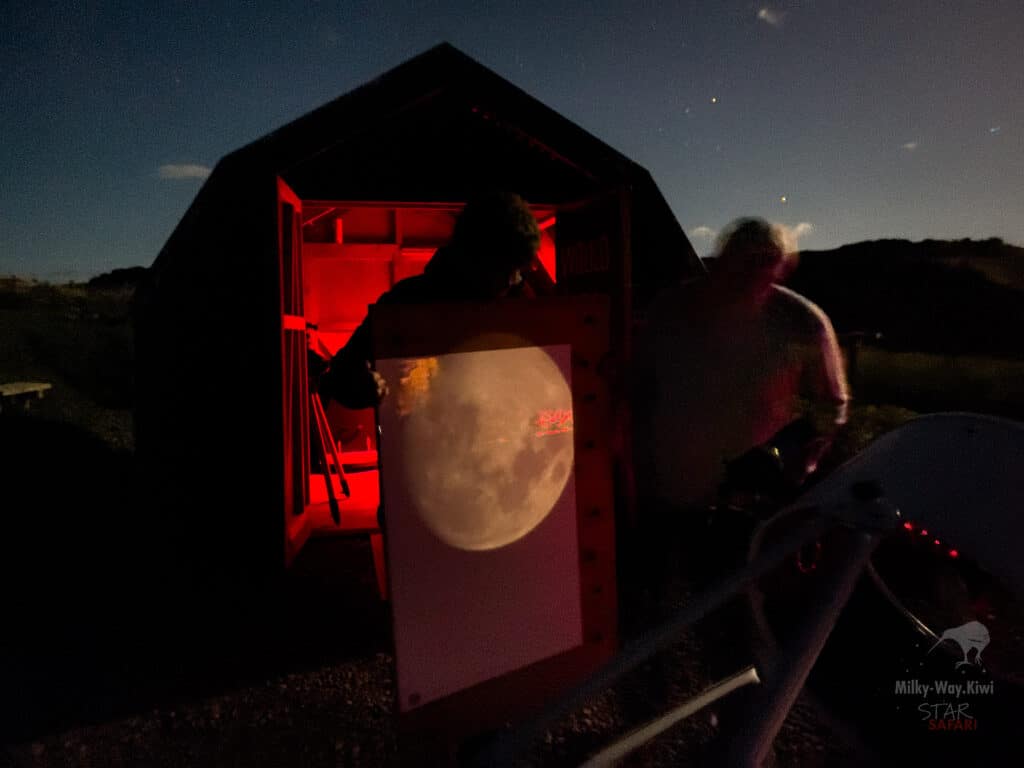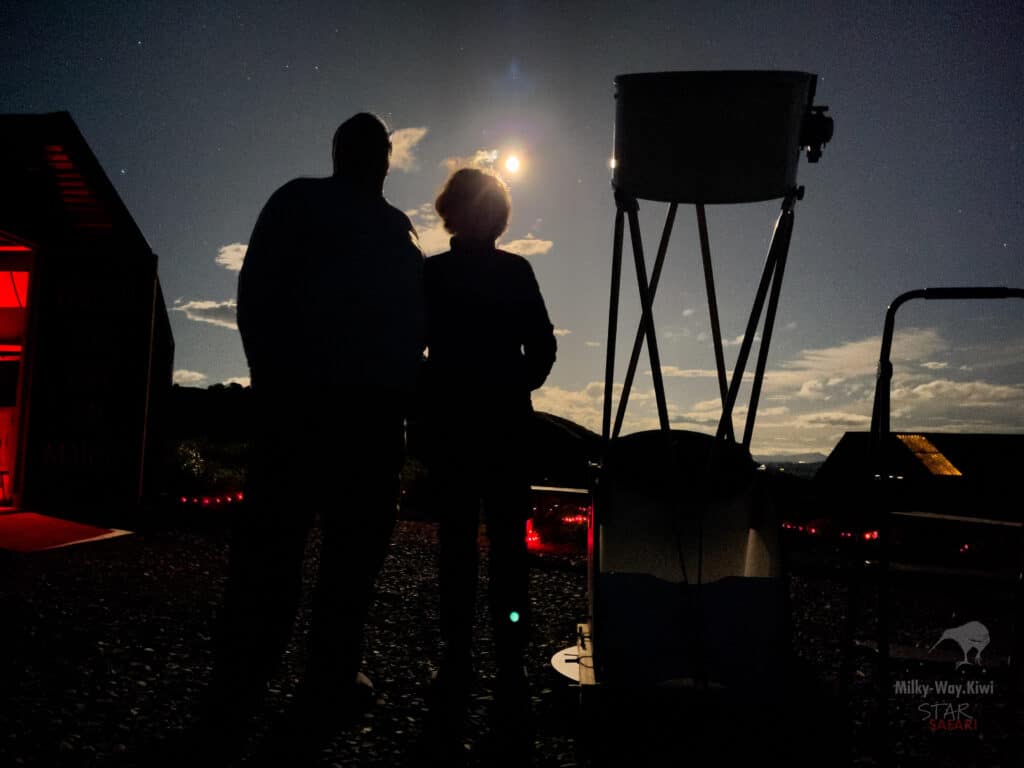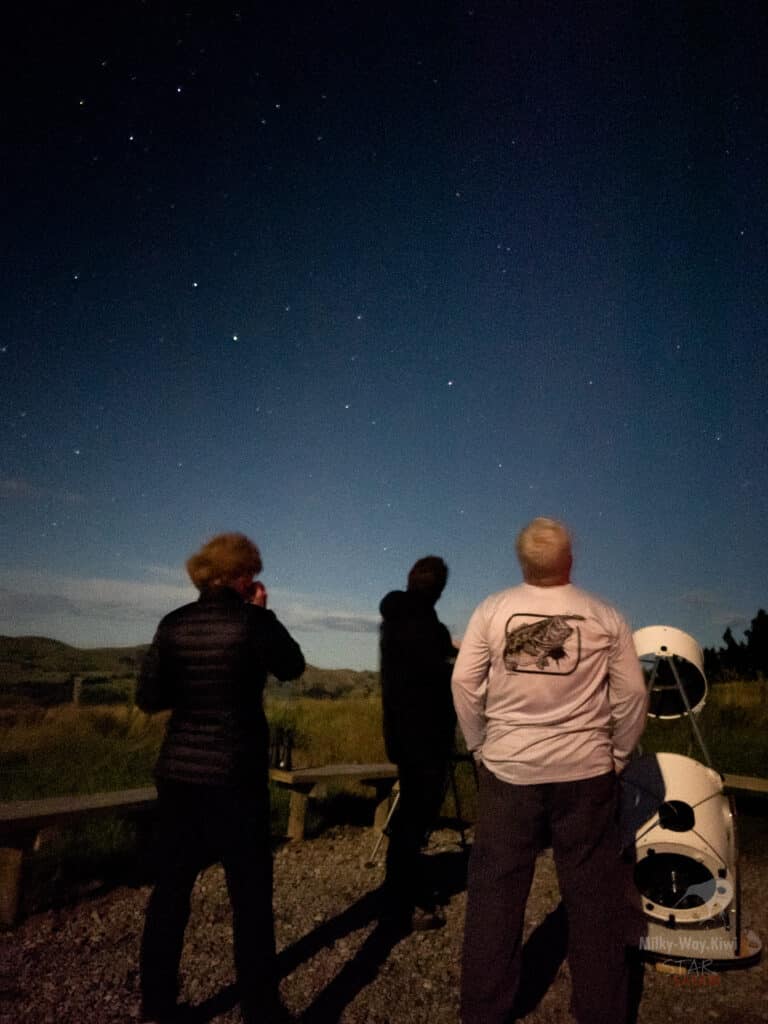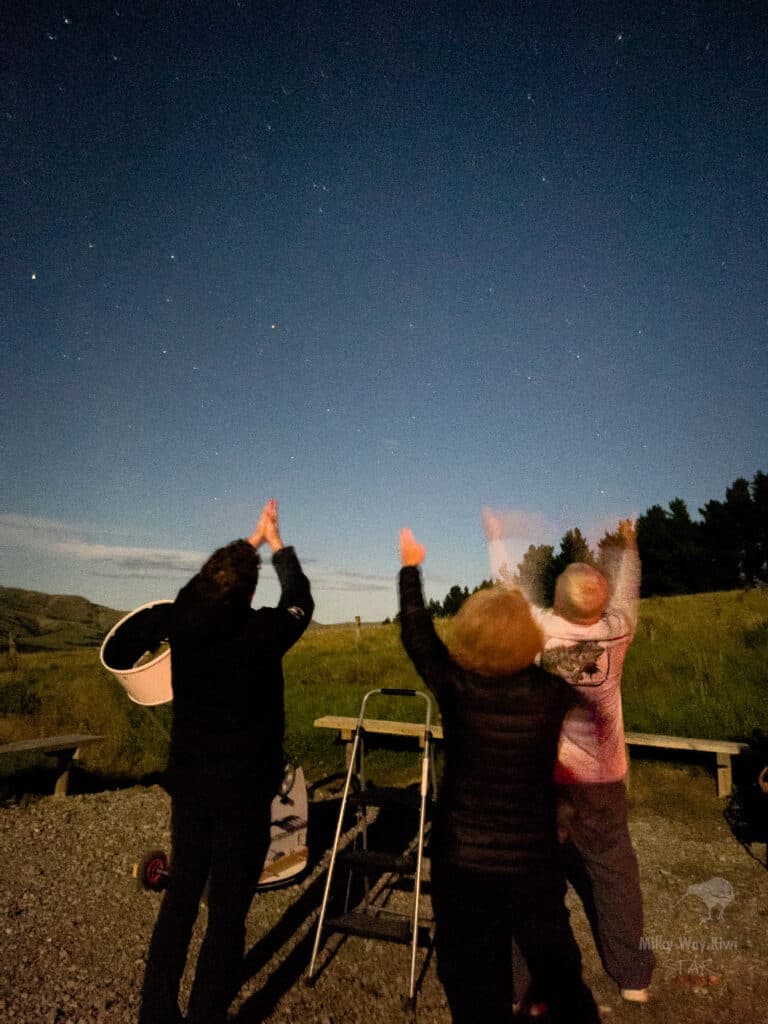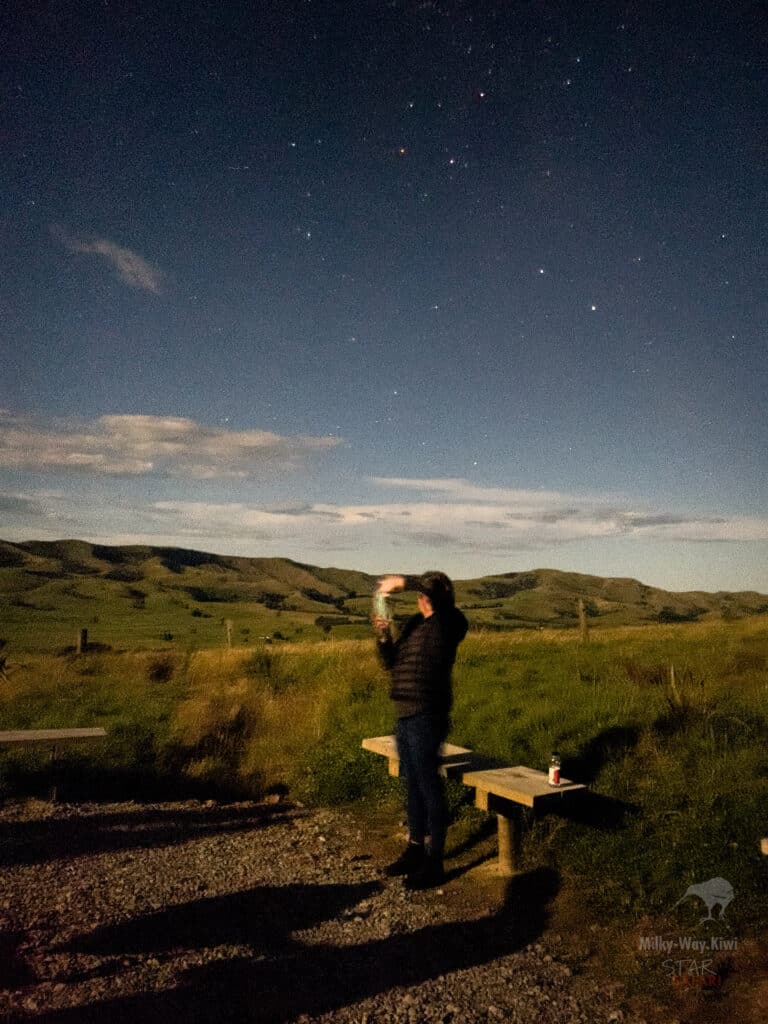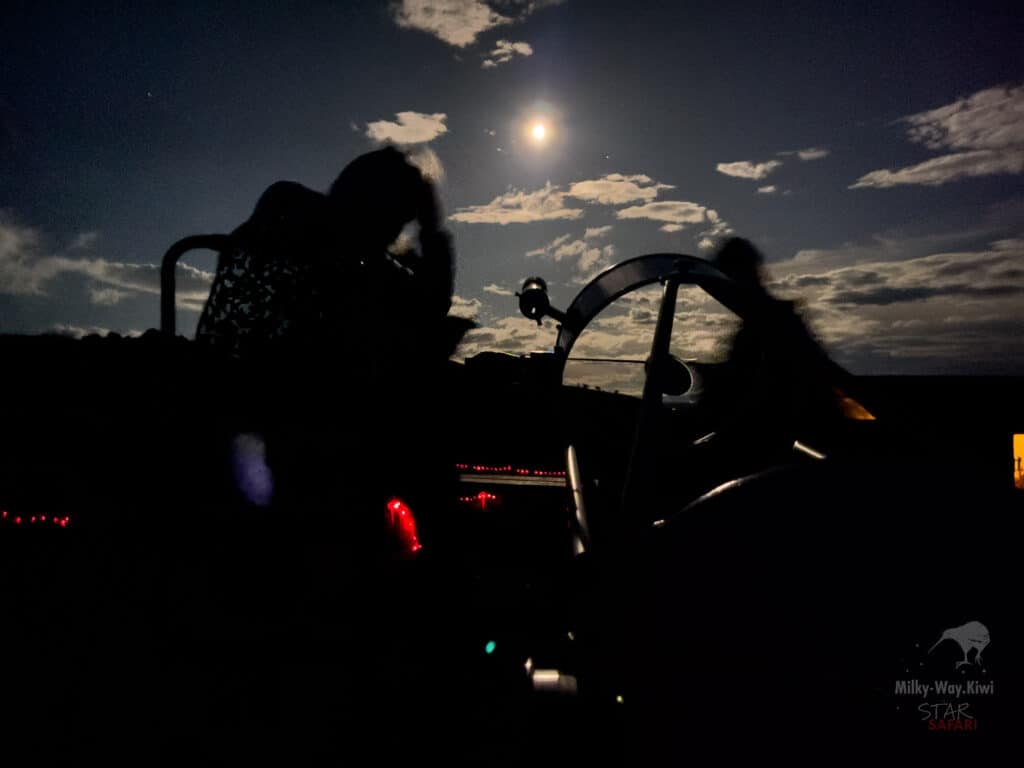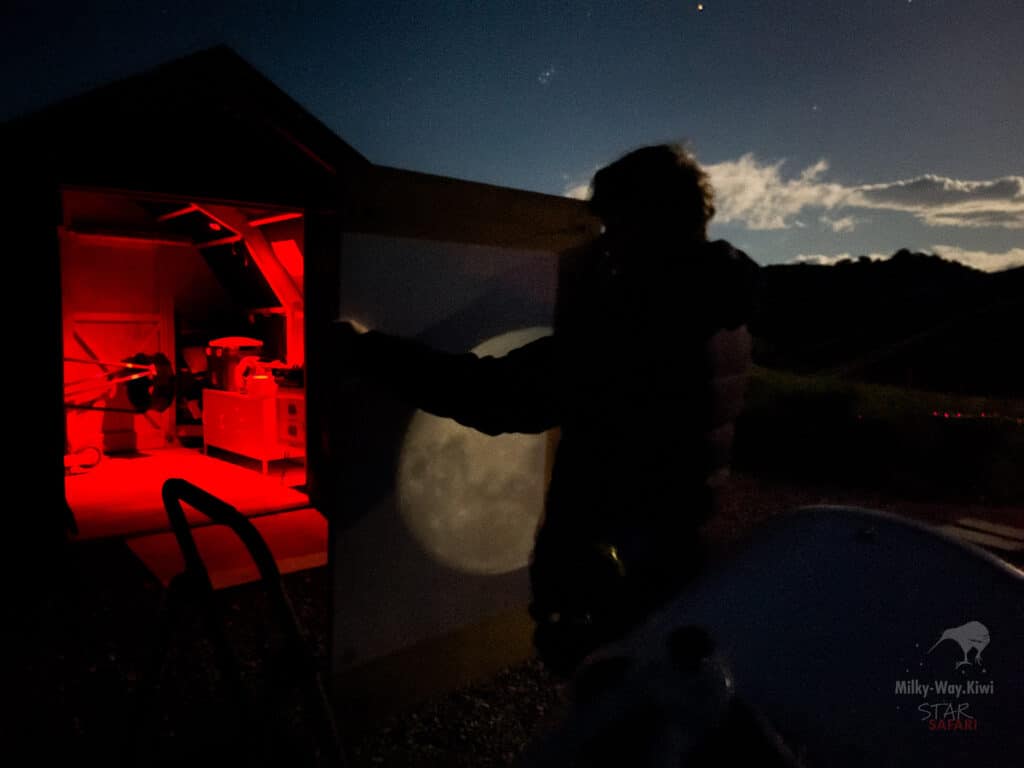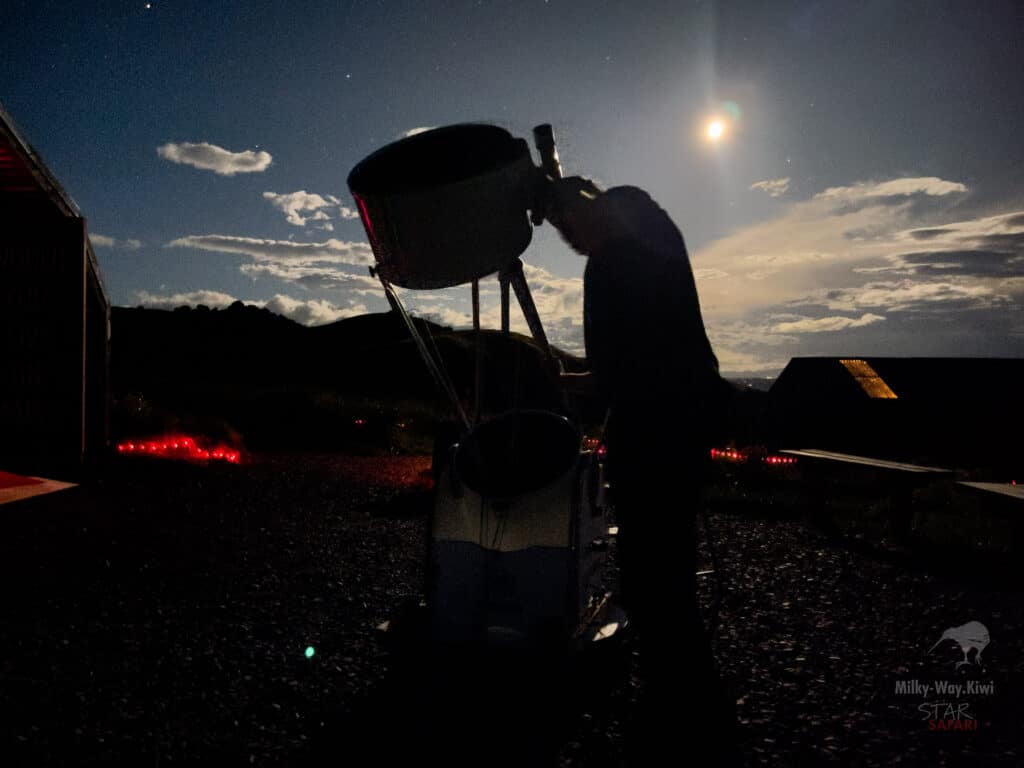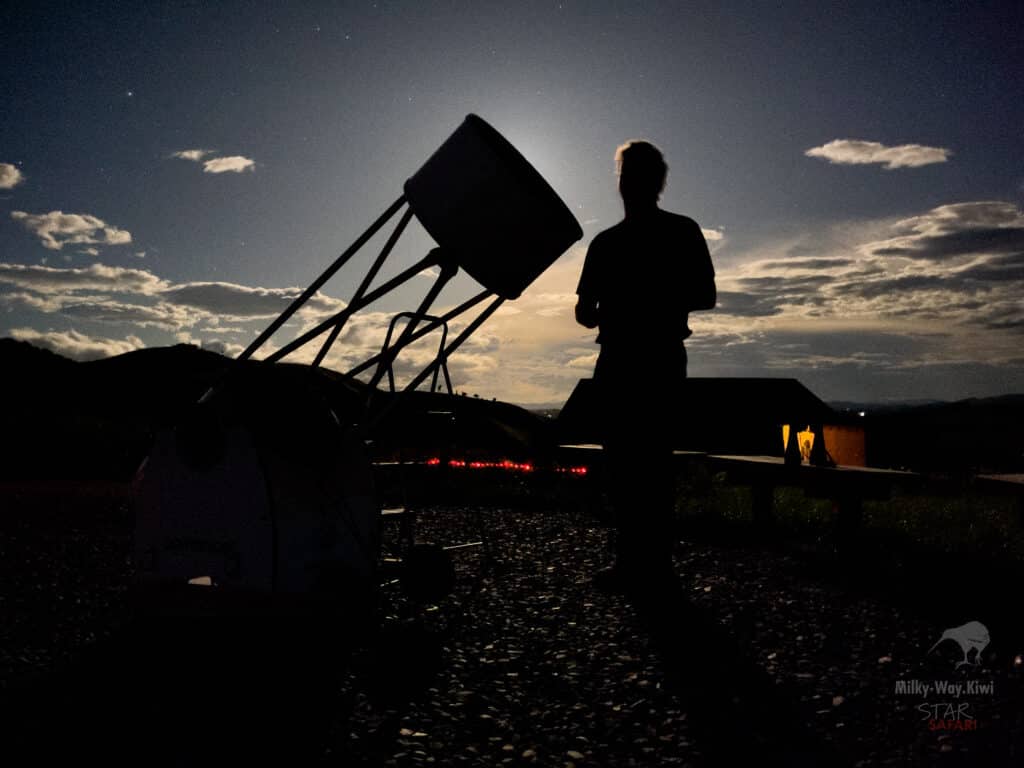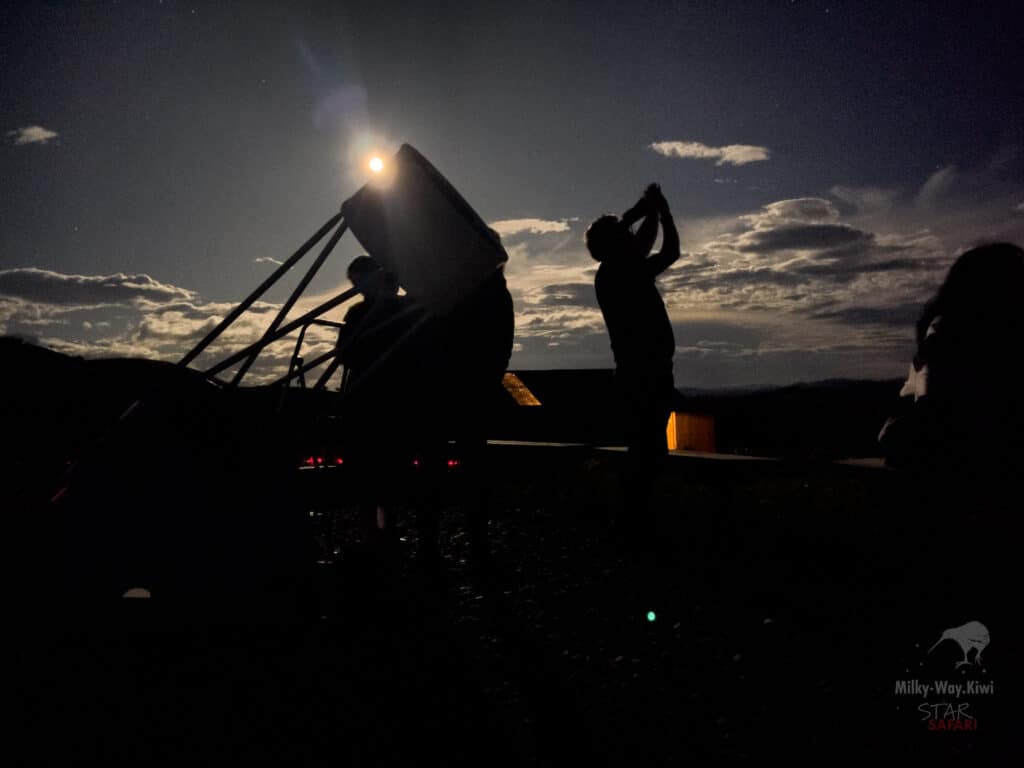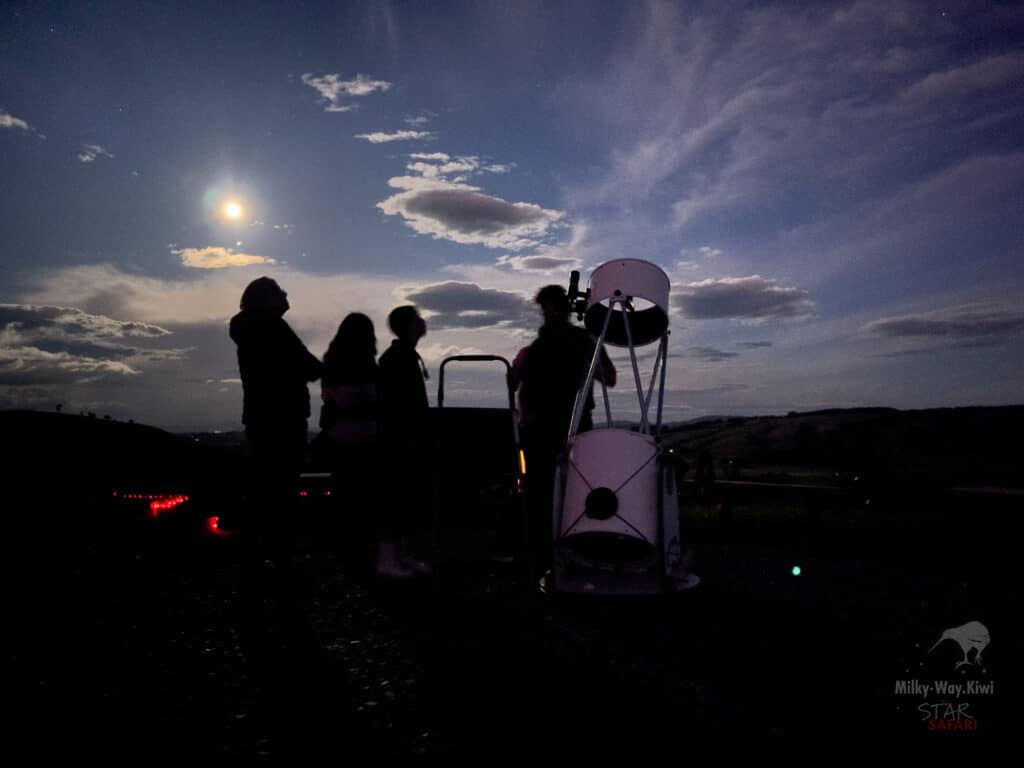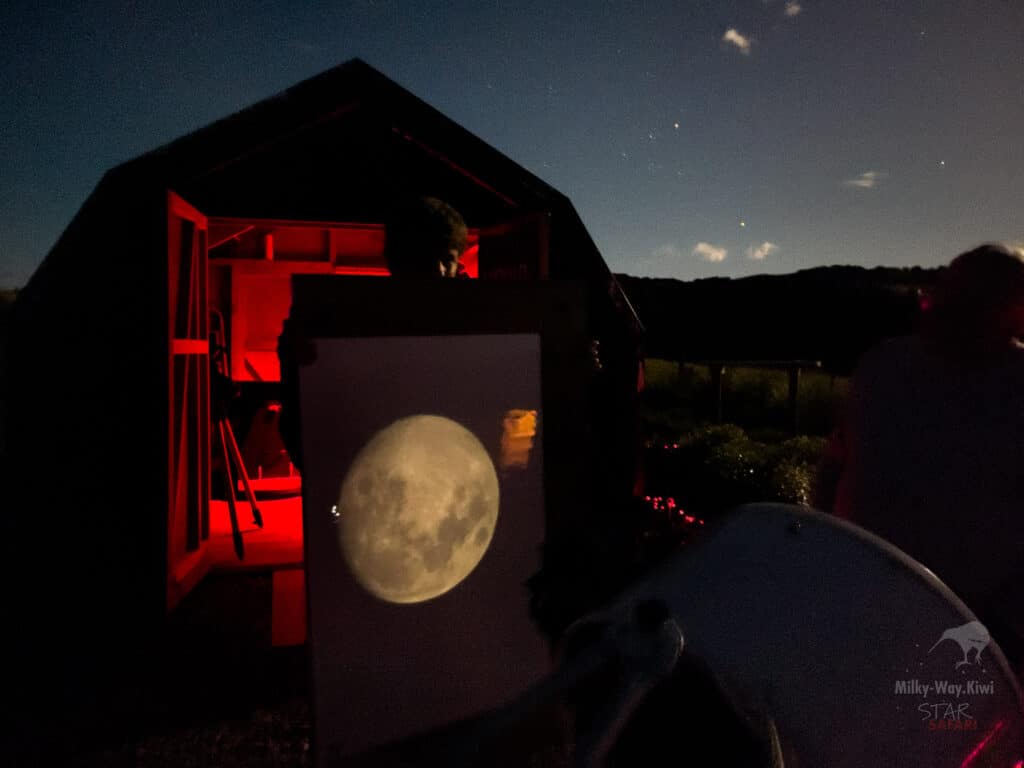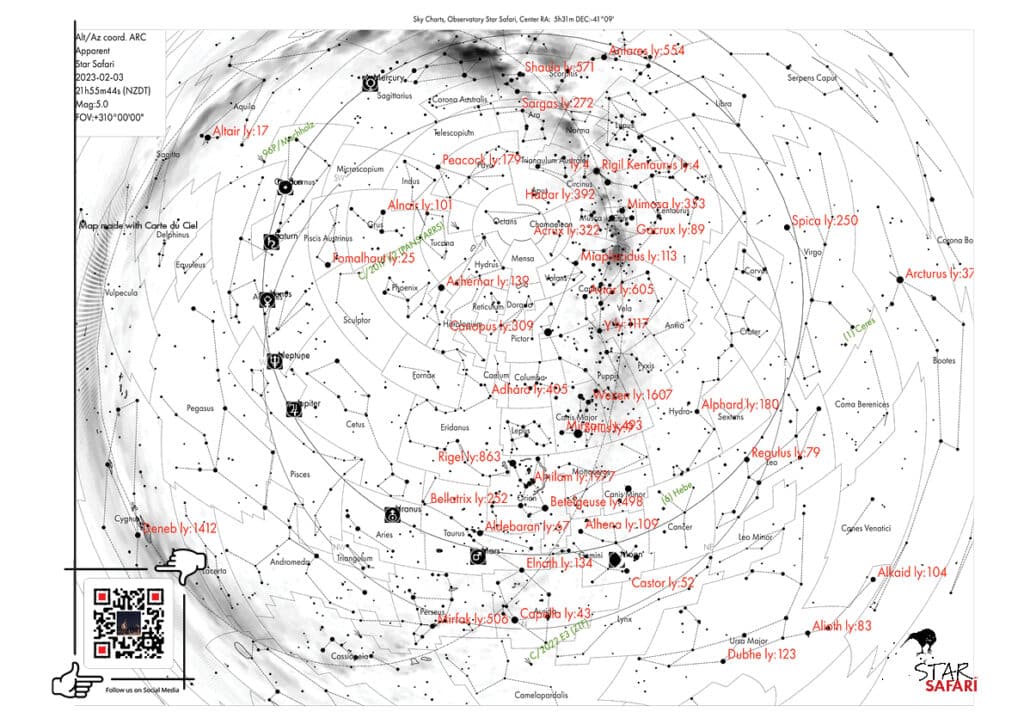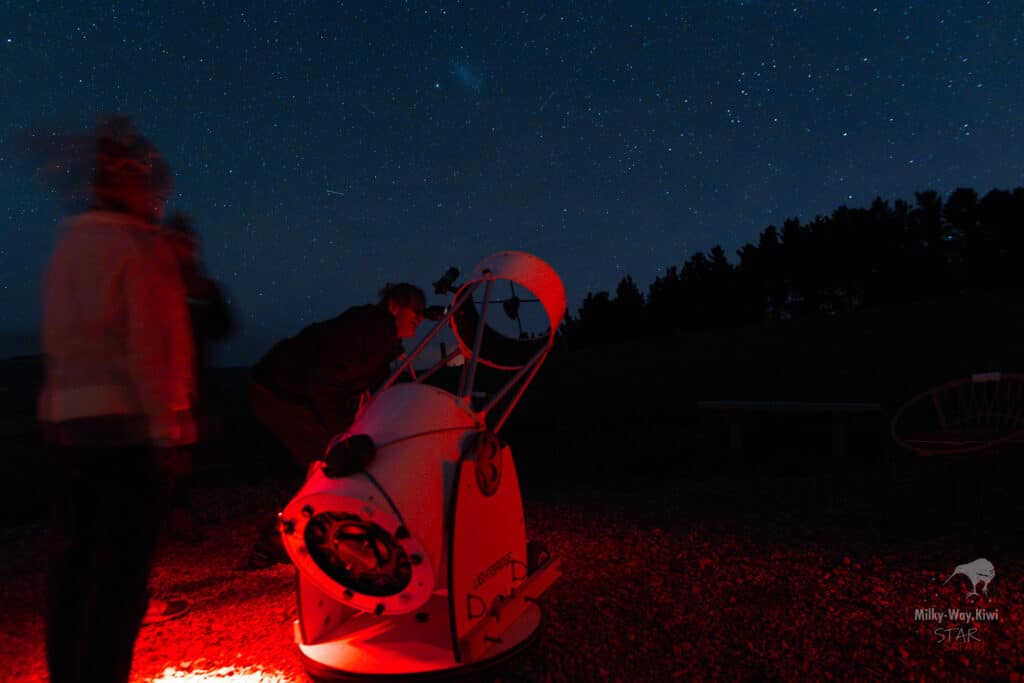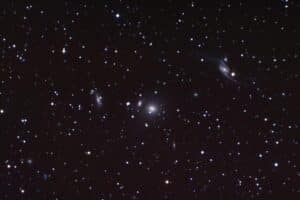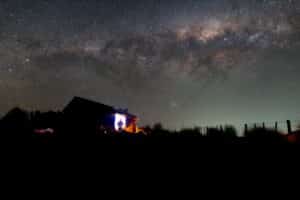Seeing measures the steadiness of the atmosphere.
Amateur astronomers use the Antoniadi scale for seeing conditions.
Eugène Antoniadi was a Greek astronomer, who lived from 1870 to 1944, famous for creating the first map of Mercury and supporting through his observations the fact that the famous canals on Mars were an optical illusion. A crater on the Moon, one on Mars and a dorsum on Mercury were named in his honour.
His seeing scale is used even today by amateur astronomers:
The scale is a five-point system, with 1 being the best seeing conditions and 5 being the worst. The actual definitions are as follows:
- (I.) Perfect seeing, without a quiver.
- (II.) Slight quivering of the image with moments of calm lasting several seconds.
- (III.) Moderate seeing with larger air tremors that blur the image.
- (IV.) Poor seeing, constant troublesome undulations of the image.
- (V.) Very bad seeing, hardly stable enough to allow a rough sketch to be made.
Note that the scale is usually indicated by use of a Roman numeral or an ordinary number.
